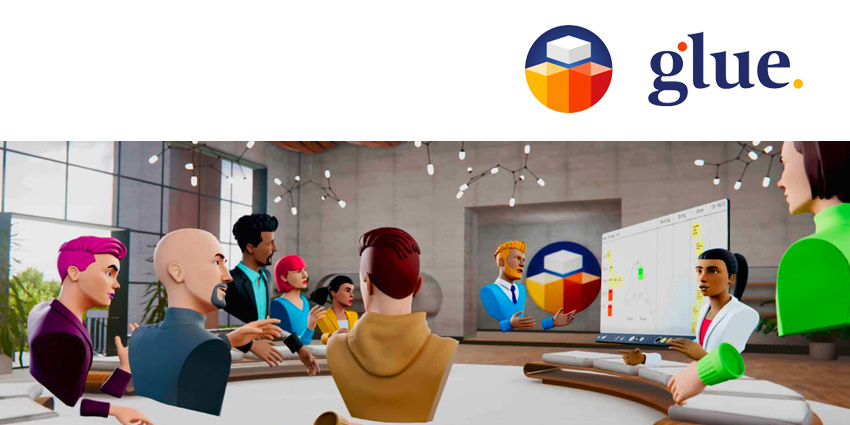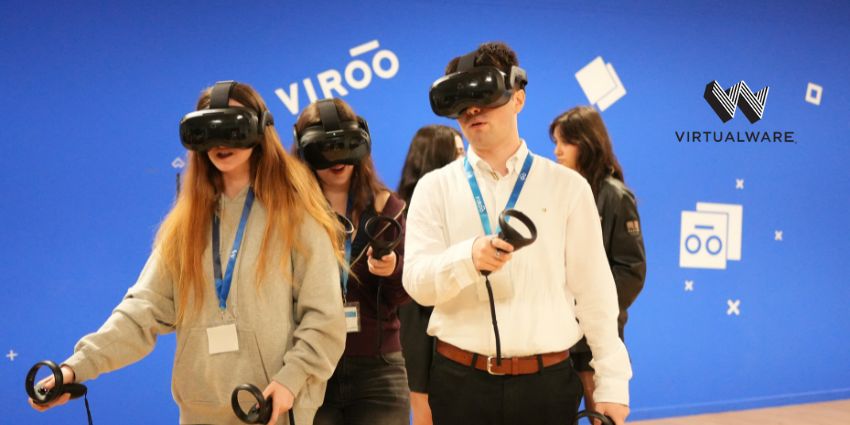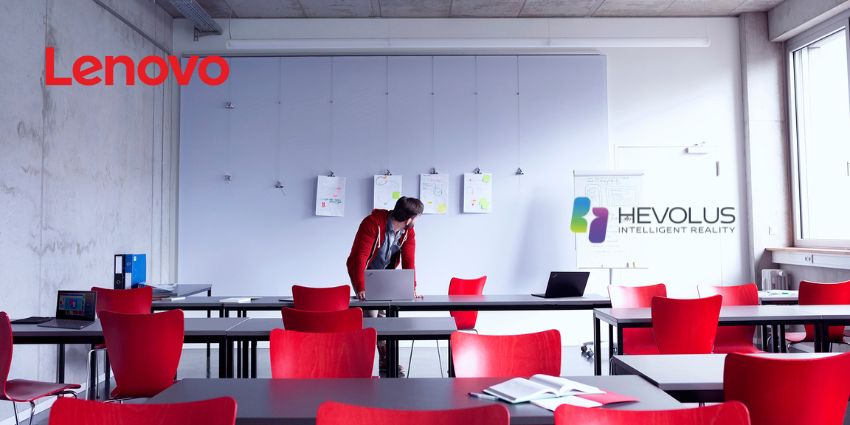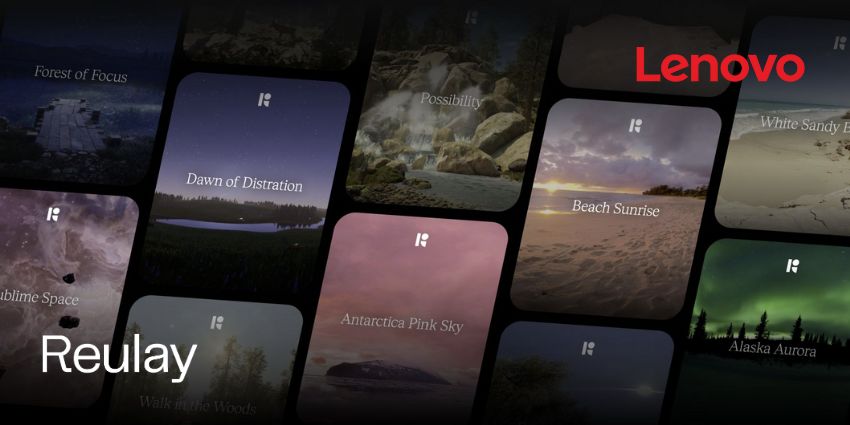
We recently caught up with Glue CEO, Jussi Havu, to discuss how VR collaboration platforms are transforming the world of enterprise comms.
Havu told us the original Glue team first united back in 2005 as a company that focused on developing CGI for the advertising and movie industries. The team then switched its focus in 2015 to developing VR solutions for the enterprise.
After reviewing several different VR applications available at the time, Havu tells us the team quickly realized that all the technology was aimed at delivering single-user experiences. As a result, they decided they would build a multi-user platform to target this gap in the market, and with the help of a few investors, Glue was born.
In 2016, the Glue team continued developing the app further, securing venture capital funding along the way and later obtaining initial seed investments in 2018. Since then, the company has gone from strength to strength, building out its vision of making remote collaboration as engaging and productive as face-to-face interactions.
“From the start, the goal of Glue has been to build a platform for people who need remote meetings to be as creative as face-to-face ones”
To say the last 12 months have been challenging for the enterprise would be an understatement, and the way businesses now collaborate is drastically different from how things were just a few years back. Aside from the obvious issues most companies face regarding collaboration during the pandemic, we asked Havu what other challenges companies face today.
He told us that, even before the COVID-19 pandemic, Glue had been striving to create a solution that allowed people to do more engaging business remotely, save money on business travel spend, and develop more sustainable remote working strategies.
The challenges with these paradigms, Havu adds, is that many of the incumbent solutions present today are hindered by limitations when it comes to actual productivity. While video collaboration may have done a great job of filling in the gap for businesses during the Covid lockdowns, the restrictions they cause in terms of engagement are quite burdensome.
“People have a certain cognitive load for each working day, and the paradigm where you need to be constantly in front of the camera creates a lot of pressure. This sense of discomfort affects productivity in so many ways, especially for introverts”
Having one videoconferencing call after the next for eight hours a day is incredibly exhausting for the mind and consumes too much cognitive energy. As a result, users can quickly become burnt out and disinterested during meetings, and the organization suffers massively as a result.
To solve this problem, Havu tells us that Glue focuses on several key areas:
The first that it focuses strongly on creating a sense of presence during each interaction. For Havu, presence is by far the most critical part of the experience that allows users to feel that they’re in the same space as the people they’re engaging with.
To do this, Glue pays special attention to how that virtual space is created, how others perceive it, and how the environment itself interacts with users and all other participants. There’s also a significant focus on spatial audio and 3D avatars with AI that enhances facial recognition based on voice tone.
The second part is the use of collaboration tools such as whiteboards and presentations that help users bring their content to life. Unlike many other collaboration platforms, Havu tells us Glue spaces are persistent, meaning users can easily pick up where they left off during the last meeting, which is a massive difference from the transactional methods of collaborating on video conferences.
Another major differentiator for Glue is customization. “Not many of our competitors can offer this level of customization on their platforms, but we feel this is crucial. Our customers and partners want to see the virtual spaces reflect their branding and have custom environments which optimally support their use cases.” Havu states.
Finally, Glue has also invested a lot of time and effort into building a VR collaboration that is both secure and scalable for all types of organizations, from small start-ups right through to large scale enterprise.
Pushing forward, Havu tells us that the company will continue to build on these four key focus areas and is continuously renovating its offering based on the feedback it receives from customers. Eventually, he adds that Glue wants to become a platform that supports many different hardware and software types, allowing users to integrate other critical tools into their workflows.
“If you use things Slack or Trello, or if you put your files on Dropbox, Google G Suite, or Office 365, we want to offer users support for all those tools within Glue and Glue meetings in future”
From this, we can expect to see a lot more third-party integration from Glue over the next few years to ensure users can work just as (if not more so) productively and efficiently in the virtual space as they would in the real world.
Concerning the future of VR collaboration as a whole, Havu shares the same opinion as many thought leaders in this space that the technology will have a massive impact on the world of enterprise comms in the years to come.
“My vision is that this form of collaboration in the business setting will grow massively; it will become a category on its own”
While Havu doesn’t expect that virtual reality collaboration will completely replace tools like messenger and video collaboration platforms, he is confident the tech will become a staple part of enterprise comms in the future – especially once the marketplace starts to mature.
For more updates and insights on the VR collaboration industry, be sure to keep checking in on XR Today over the next few weeks, as we’ll be covering the theme in full throughout March.







